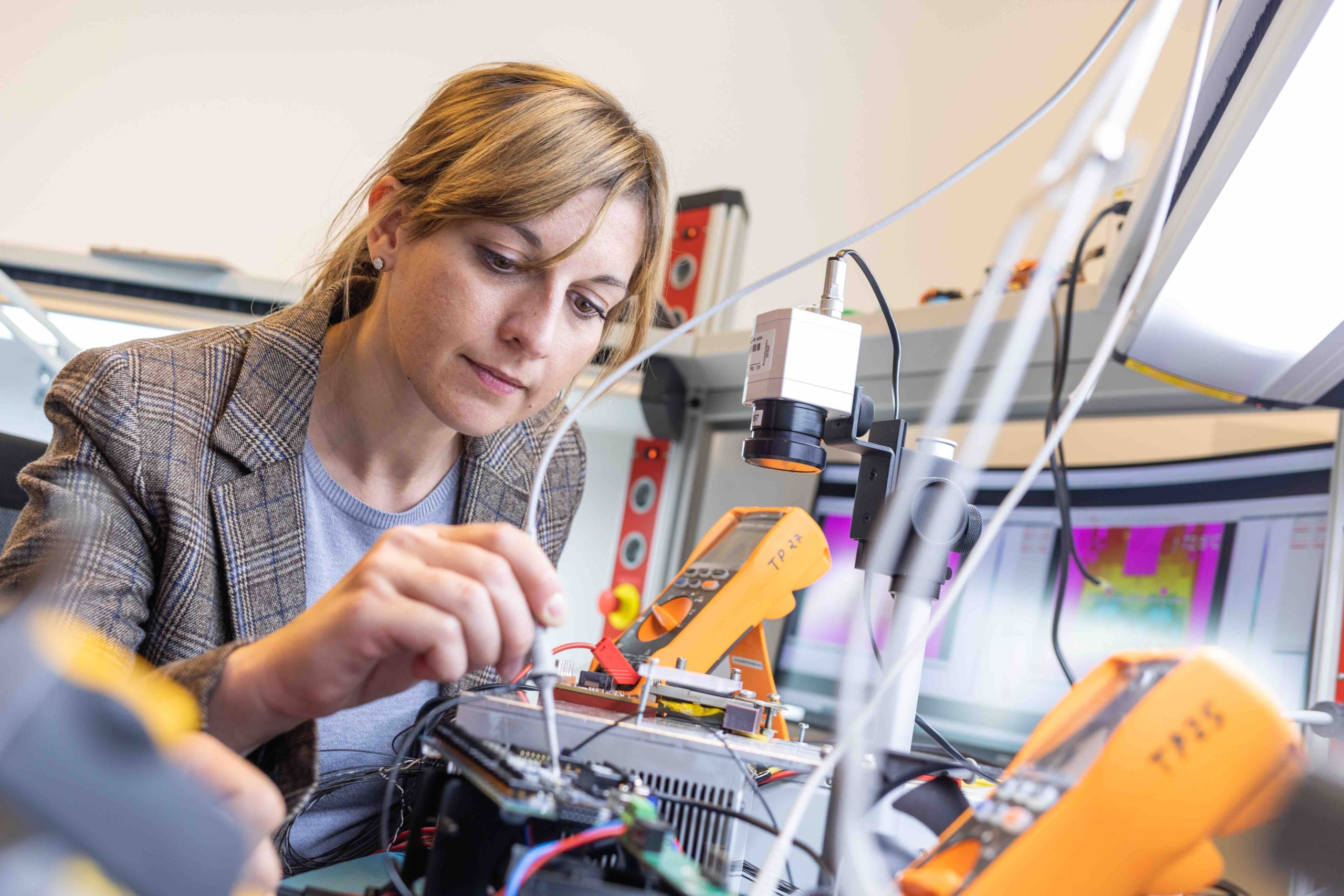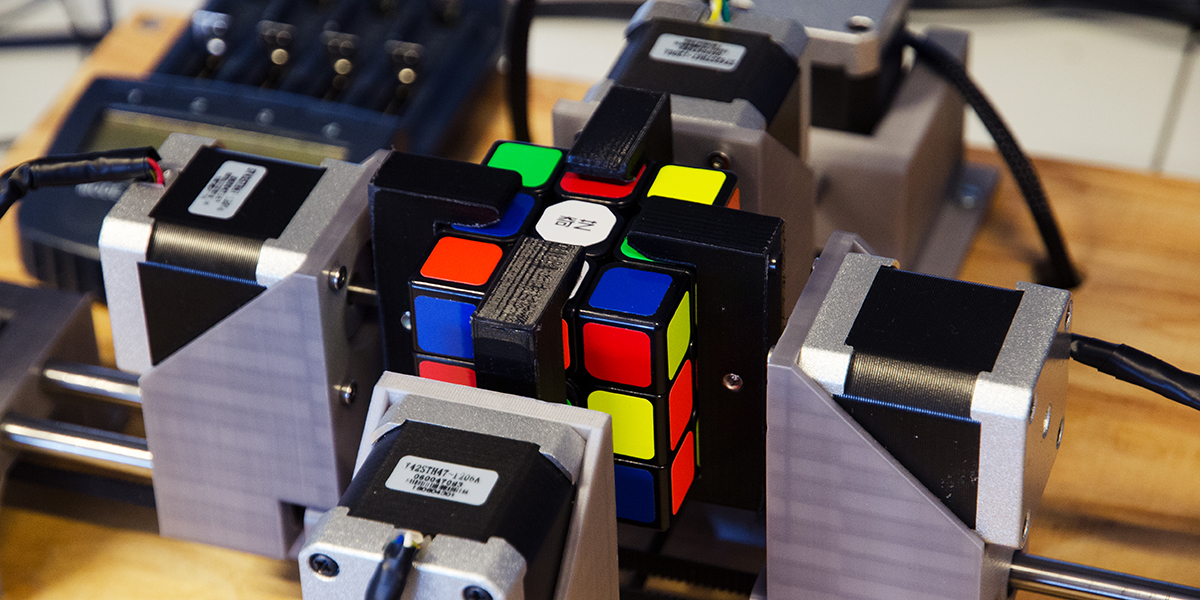Artificial intelligence (AI)
While there are myriad formal and informal descriptions of intelligence, it is difficult to find a definition that gains universal scientific acceptance. Two example definitions are provided here; the first definition centres on thought processes and conclusions, whereas the second definition focuses on the meaningful and logically correct behaviour of an agent, such as a machine, vis-à-vis changes in a system.









